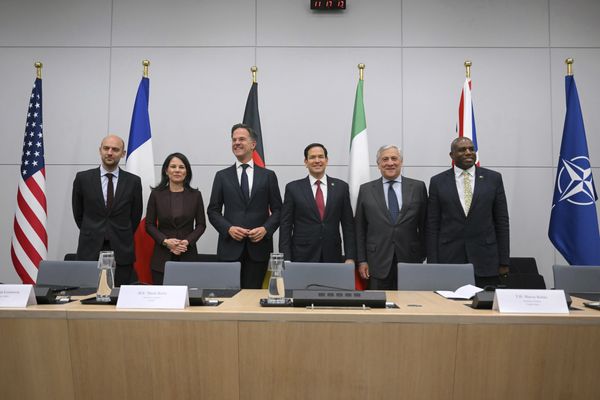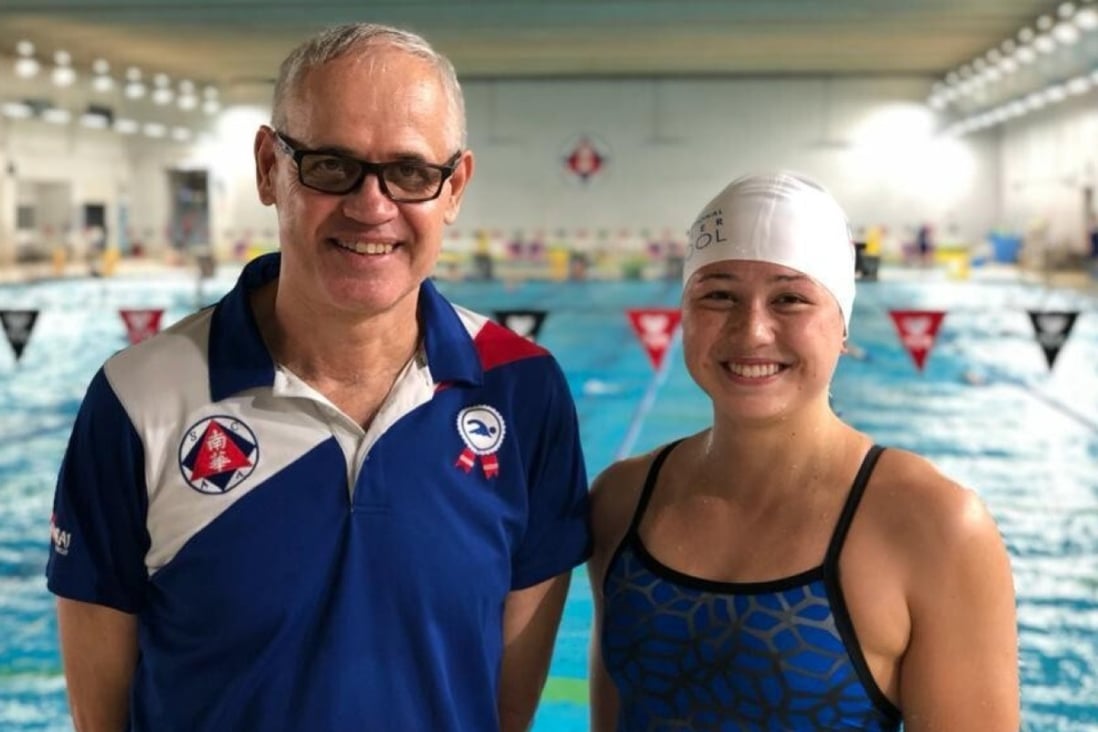
Follow our live coverage of day 11 of the Tokyo Olympics here
Colman Wong sent a group of young swimmers home from the South China Athletic Association (SCAA) in Hong Kong after practice back in 2007 with a homework assignment: the coach wanted them to write out their swimming dreams, goals and aspirations.
One of those kids was 10-year-old Siobhan Haughey, and Wong recalled she returned promptly the following day with her piece of paper and handed it straight to him.
“It said she wanted to go to the Olympics,” said Wong. “And get to the final.”
Wong was one of the first coaches to identify raw talent in a young Haughey, then just another swimmer at the SCAA in Causeway Bay. However, he was offered a job in Australia in 2010, but before leaving he recommended Haughey join the Harry Wright International (HWI) swim school, Hong Kong’s premier training ground for aquatics, mentioning her to head coach Michael Fasching.
Haughey injury so bad she couldn’t climb the stairs, says coach
Fasching first took the reins of her development when she was 12 years old, as Haughey joined his elite swim group. Fasching, still a coach at HWI – based out of the SCAA – said Wong was great in helping her transition and gave him detailed training documentation on what he and Haughey had been working on over the previous two years, calling it a “perfect handover from one coach to another”.
One of the earliest markers for Haughey’s natural talent was a jump height test Fasching oversaw in 2011. The test was conducted by Marvin Johnson (now a senior swim coach at ESF Sports), and it compared athletes’ scores against statistically derived heights of swimmers in the same age group.
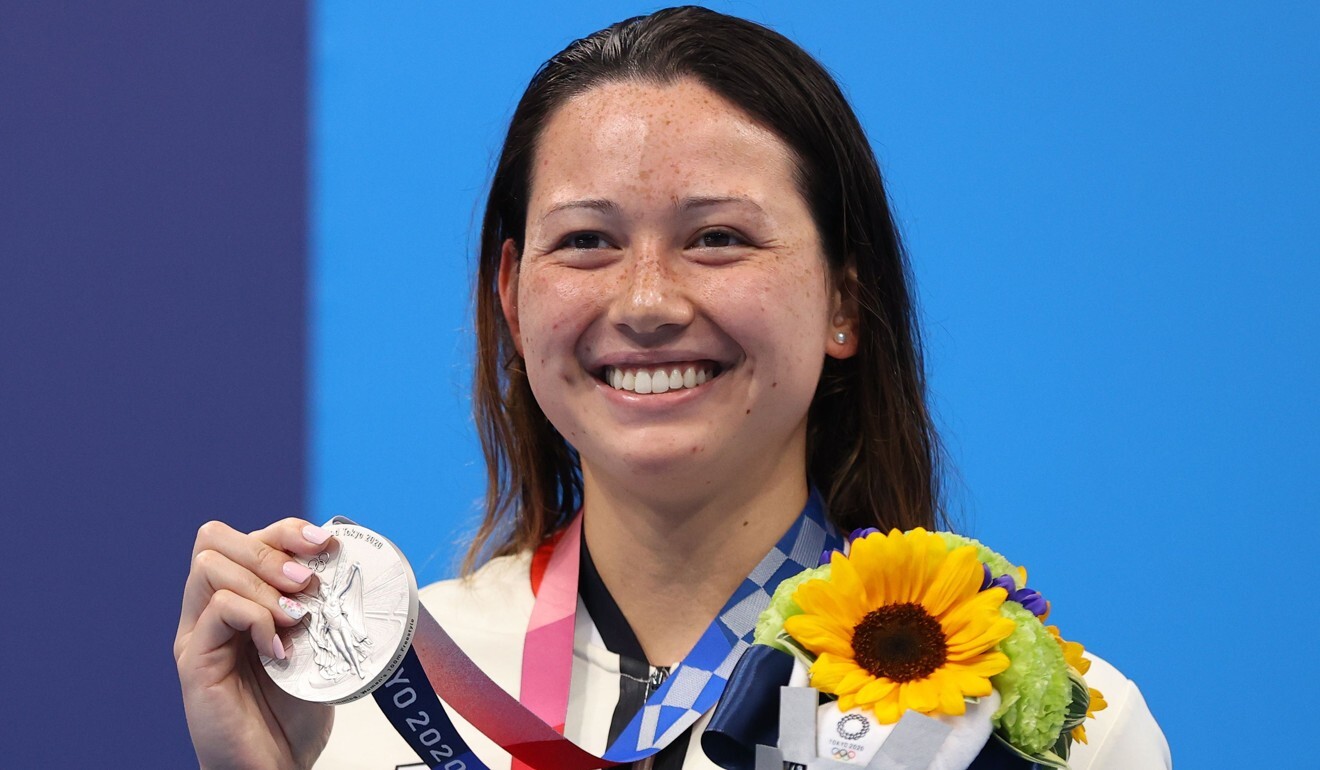
“This helped us get a more scientific documentation of our swimmers’ physiological make-up and whether they are fast- or slow-twitch fibre dominant,” said Fasching. “Siobhan was on the upper end of fast-twitch fibre dominant. So the testing confirmed what we already suspected and what we experienced in daily training sessions. From then on, we knew that Siobhan’s physiological make-up was suited for fast 50m, 100m, 200m races.”
This did not mean they got specific with her training right away; in fact, quite the opposite. The idea at that age was to equip her with the biggest possible engine and the proper skills to allow her to naturally flourish in the pool.
“We prioritised to continue her technical development to teach and fine-tune best possible technique and at the same time building her endurance base, which is the most important aspect of long-term physiological development,” he said.
One of Haughey’s greatest assets, said Fasching, was her parents Canjo and Darach. He said they met him regularly, outlining areas of emphasis for technical development, along with competition goals, training frequency, how long she could go on holidays, and even coordinating training times with her sister, Aisling.
In 2013, aged 15, Haughey won the 100m freestyle and came third in the 50m freestyle at the International Swimming Federation Junior World Championships in Dubai. Fasching said by this point Haughey’s parents were almost experts in swimming.
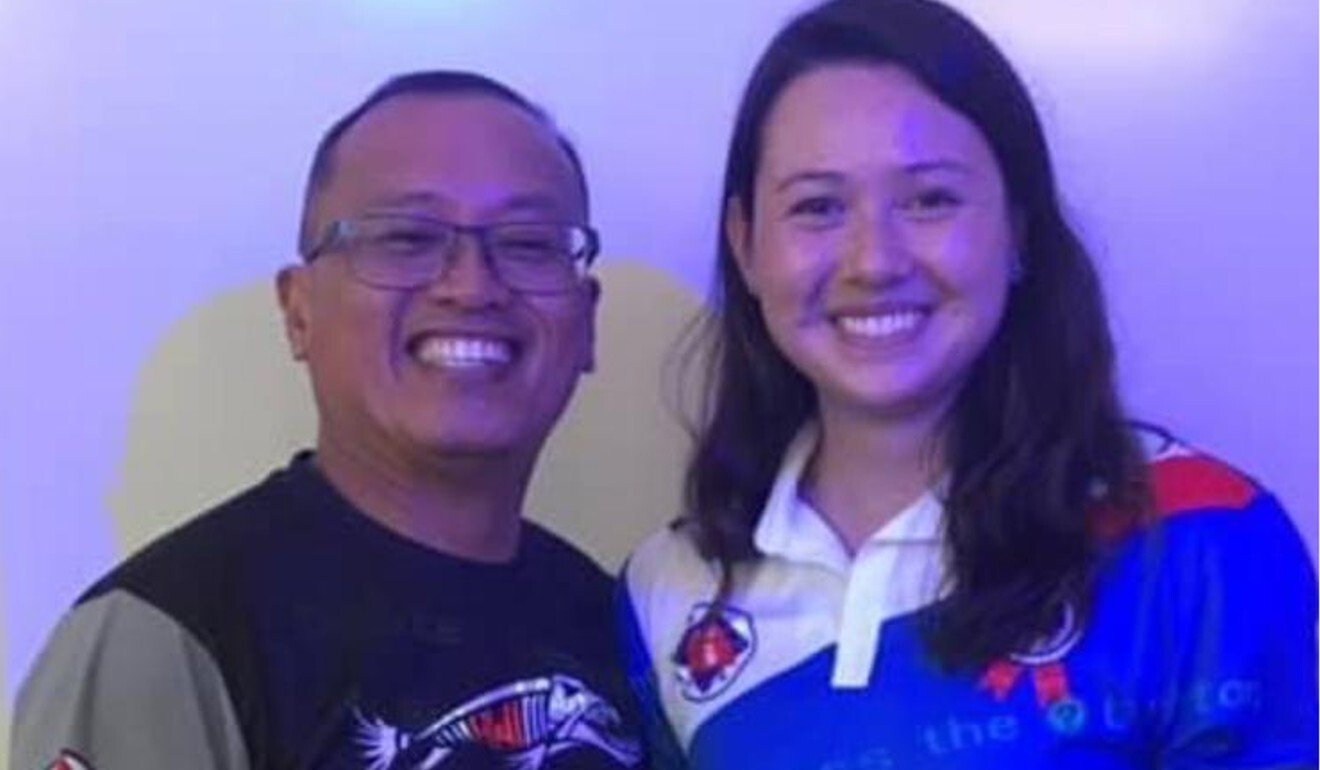
“Darach and Canjo over the years acquired an in-depth swimming knowledge by educating themselves, as well as through targeted parent education seminars held in Hong Kong and Australia. This made our work as coaches much easier,” he said.
Out of the water, Haughey would do land training with physiotherapist Mandy Tik which included Pilates sessions at the Hong Kong Football Club with her mother. On top of this was spin cycling or running once a week, and Fasching said at every step of her and her sister’s development, Haughey’s parents were heavily involved.
“When Siobhan was 15, Canjo arranged cooking classes conducted by a nutritionist during the sisters’ summer holidays,” Fasching said. “This is how the sisters learned to cook and shop health consciously and make smart decisions on what to eat for training and competition.”
In the mornings at the SCAA when there was no senior coach on duty, Haughey would fall under the tutelage of Edward Borja. The coach at HWI, who worked with Haughey from 2012-17, said he saw right away that she was a powerhouse from the waist down.
Hong Kong on high as Haughey grabs second Olympic silver
“It was similar to a Michael Phelps concept,” said Borja, who still coaches at HWI. “He’s got a body structure of an ideal swimmer, short torso, short legs, and Siobhan had this one talent that nobody else had and that was the strength of the lower body. So whenever I would coach her I would push her a lot to work on the leg part, lots of kicking, lots of lower body development, which she was very talented with, so I took advantage of that.”
Borja said the leg work started to pay off in faster swim times right away, as shown at the 2013 East Asian Games in Tianjin, China, where Haughey won three bronze medals. Then in 2014 at the International Olympic Committee’s Youth Olympic Games in Nanjing, Haughey captured two silver medals, one in the 100m freestyle and one in the 200m individual medley.
On top of lower body development, Borja said an area of focus was technique, knowing Haughey had raw physical talent that simply needed refinement.
“We worked on a lot of stroke technique, body position, hand position, repairing her stroke over and over. And so she memorised that and got everything together with her power and her strength.”
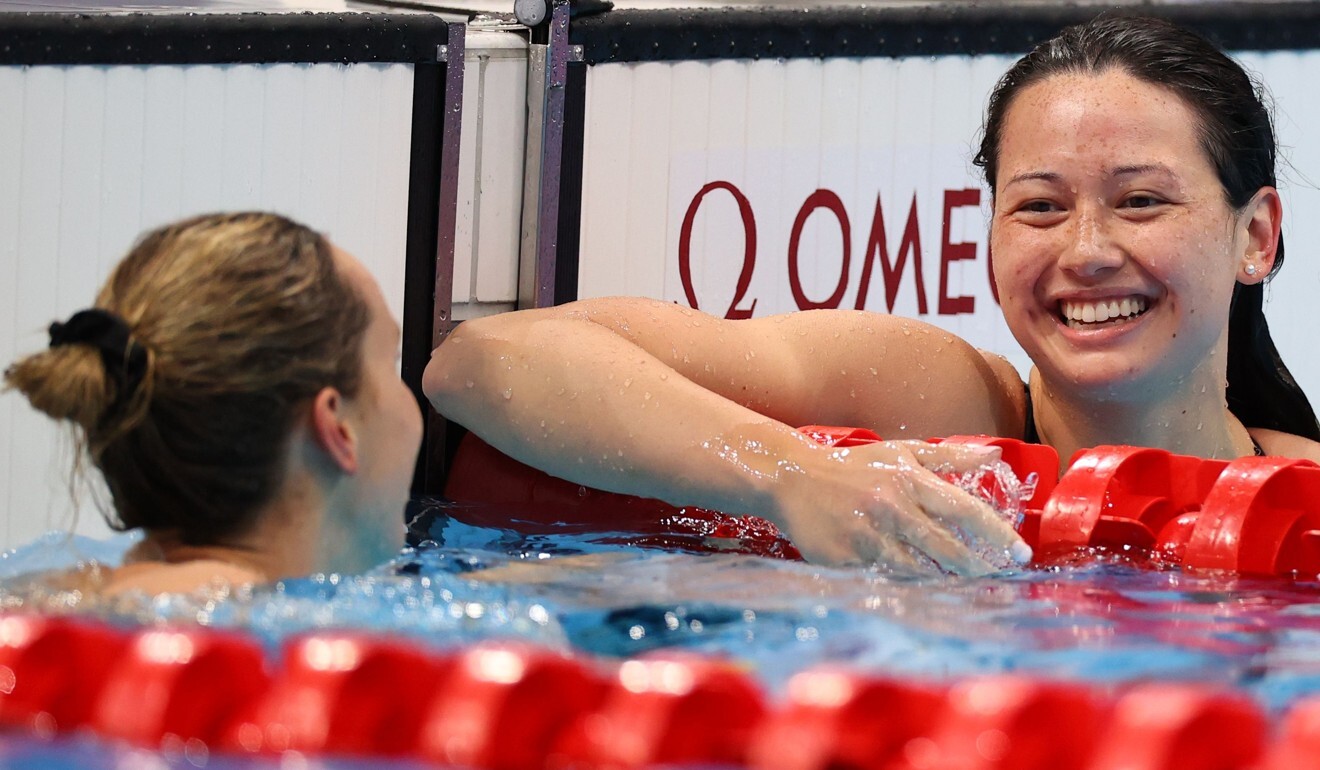
At that point, Borja said they still did not want to specialise too much, instead equipping Haughey with a wide range of knowledge through lots of individual medley training (butterfly, backstroke, breaststroke and freestyle) and letting her use her physical strengths to her advantage during competitions.
Many races are won and lost in two key areas: at the turns and when swimmers are under the water. Borja said Haughey had a great toolbox to work with because she had natural talent in both aspects.
“Everyone knew that she was a fantastic freestyler but we worked on her individual medley a lot, and I coached her a lot on the breaststroke, which deals with a lot of lower body development. So she had a fantastic kick and she had good work ethic. She could hold her breath longer than anyone, and her underwater push-offs gave her a lot of advantage.”
Who is Hong Kong Olympic silver medallist Siobhan Haughey?
A big part of any teenaged athlete’s development is their mental state. As sport and life start to become more serious they face a number of hurdles in juggling school, training and spending time with friends and family.
Borja said it was clear early on that Haughey was not going to struggle with any of this. She was at practice every morning from 5am to 7am, ready to soak up as much knowledge as she could.
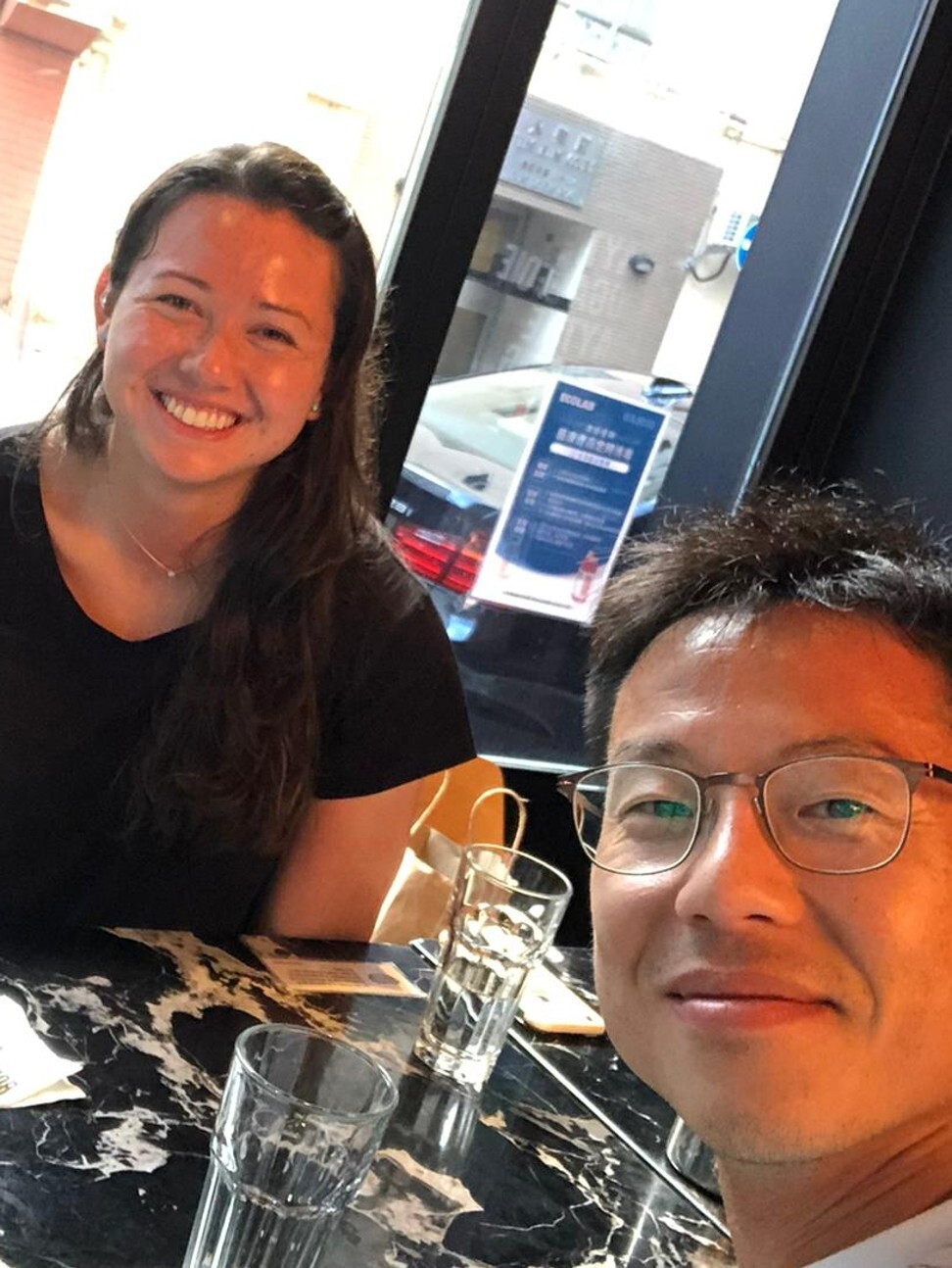
“She would continuously ask questions, how to do this better, how to do that better. She would always inquire about how to not do things easier, but how to do things more efficiently,” he said.
“And she was a very good strategist so I didn’t have too much difficulty giving her race strategies because she would have her own strategy and always make decisions, so she was very independent. All we needed to do was to fill her up with the technical stuff and she would do the rest.”
Of course, she also loved to race and thrived on wanting to be the best.
“She would be the first one in the water, and the last one out. No matter who you put her up against, whether it was a stronger swimmer or even a male swimmer, she would always try to outrace them” Borja said. “So she was a very good competitor, she didn’t care, she had no fear, she wouldn’t show an ounce of nervousness in training or in competition.”
Her attention to detail was broken down by Kevin Chow, who is now performance director for HWI and worked with Haughey from the ages of 14 to 18. Chow explained how Haughey would wrap her head around complex swimming assignments at such a young age.
Medal hero Haughey humbled by outpouring of Hong Kong support
“For example, I would say ‘let’s do 10 200m’ and there will be details I want them to do,” said Chow. “So when you push off I want you to do four butterfly kicks and I want your second 100 split faster than your first 100. This is something that is hard for swimmers. Some will just go in and do 10 200s, and just swim. What makes her better is how she did the details properly.”
Chow highlighted her acute senses in the water combined with a solid parenting structure to provide a support network. According to multiple studies, Hong Kong children and teens are some of the most stressed out in the developed world because they are pressured by teachers and parents to perform academically and athletically. All the coaches interviewed said Darach and Canjo were nothing like your average Hong Kong parents.
“What allowed her to go to this level was not just because she was talented, but her personality. She’s very humble, she has the best parents I’ve ever met,” Chow said. “They never forced Siobhan to do stuff, they always made her aware that she was controlling her own career. It’s very different to some other parents, tiger parents, where they were forced to do things, ‘you need to beat that girl’ or ‘you need to get a Hong Kong record’. Siobhan is a girl that never compared herself with others.”
Fasching said out of the pool Haughey was a “humble and down to earth person” who had a broad range of interests from arts to academics. He credits her positive outlook on life and “intrinsic motivation” as being key components to her success.
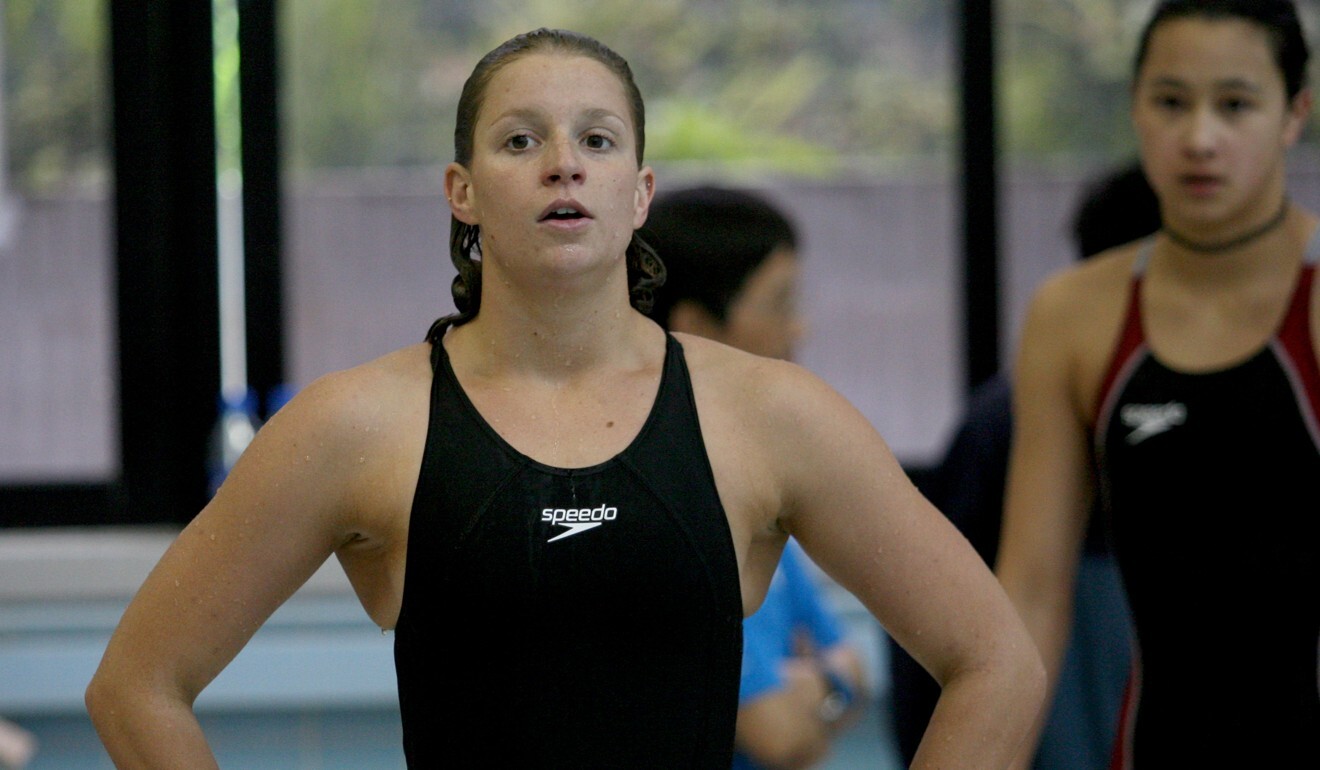
When it came time to pick a college (Siobhan chose the University of Michigan), Fasching said they were more than ready to help her make another transition.
“We tried to also pass experience on to her by pairing her with past successful Olympians like Hannah Wilson and Geoffrey Cheah. Those two elite swimmers at times mentored her on how to deal with press attention and with university applications. They were also crucial in passing on their college experience in the USA to Siobhan.”
Wilson, who swam in three Olympic Games for Hong Kong (2004 in Athens, 2008 in Beijing and 2012 in London) and worked with Haughey from 2013-15 at HWI, said there was one particular message she was trying to get through to her – just go for it. Earlier this year, Haughey broke two of Wilson’s Hong Kong records, in the 100m freestyle and the 50m freestyle.
“The message I kept going back to over and over was ‘you just have to go for it’. Records are meant to be broken and when she did break my records I was delighted. I thought, ‘thank goodness, records are not meant to stand forever.’ And that just goes to show Hong Kong swimming is improving and that’s all you want, is to be a part of a sport that is growing and improving.”
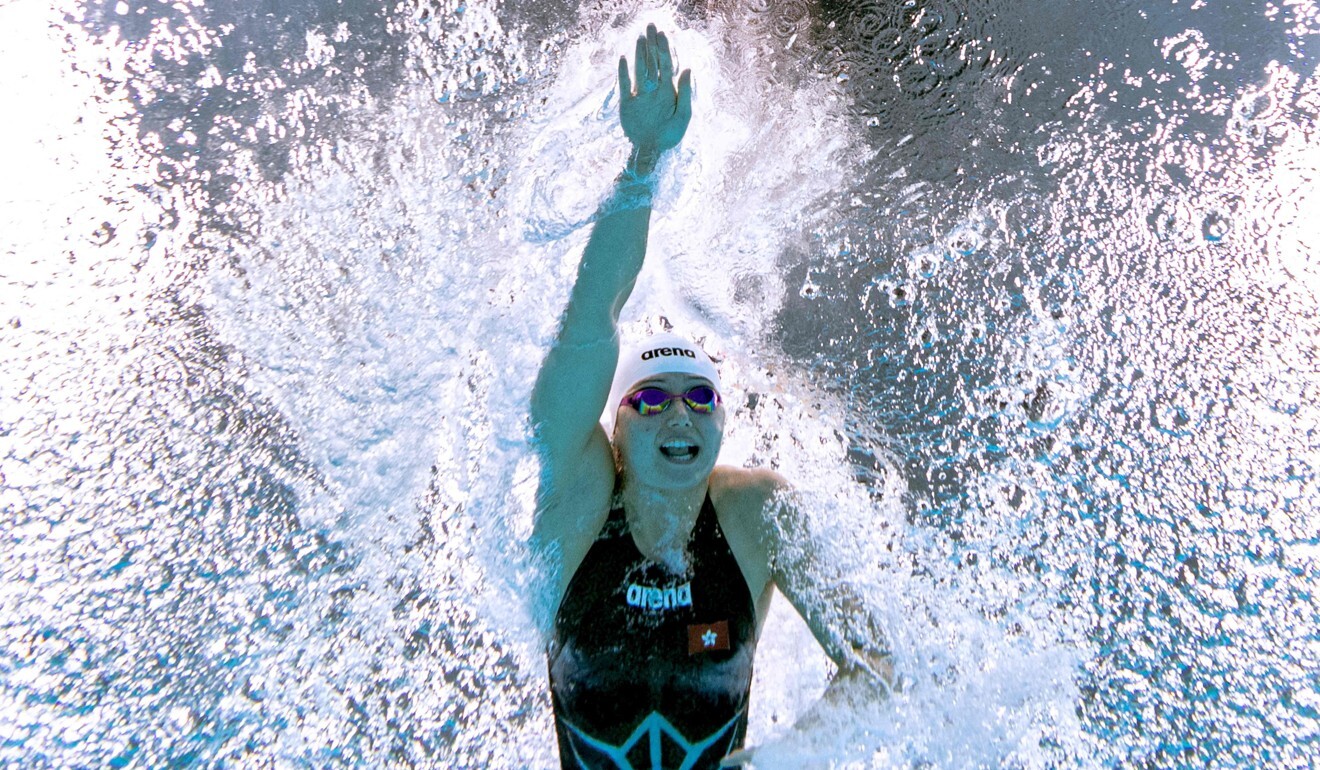
Wilson said Haughey had her parents in the stands, and her sister by her side during training at SCAA, which she thinks helped her stay level-headed.
“Siobhan is an incredibly hard worker. And I know when I was swimming in Hong Kong I was a little bit on the lazy side, and I didn’t feel like I had people to push me every day,” she said. “And with her it didn’t matter either, even if she was out there on her own she was still able to push herself and I quite admired that.”
All five coaches said watching Haughey strike silver (twice) at the Olympics in the 100m and 200m freestyle was an incredible moment, knowing they played a part in making history. Wong said the medal ceremony will remain etched in his memory.
“I was speechless, I couldn’t feel anything else really, I was so emotional,” he said. “To see her achieve her childhood dream at the Olympics, I was just really happy. It was priceless, I just don’t really know how to explain it.”


